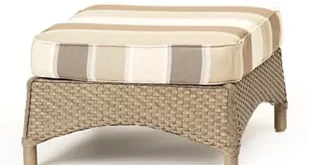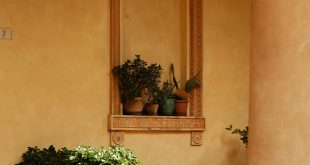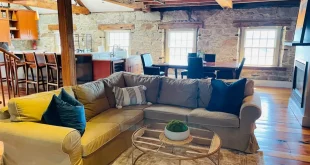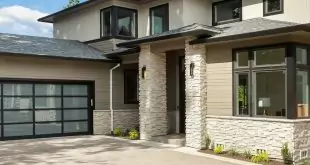If you thought that good-looking homes are decorated just like that you are totally wrong. There’s a science behind it and the home design principles are one of the most important things to consider before you give it a try. Interior design shapes the experience enjoyed in an interior space and these basic principles that should be adhered to when creating a stunning modern home interior design mustn’t be missed. These are the following:
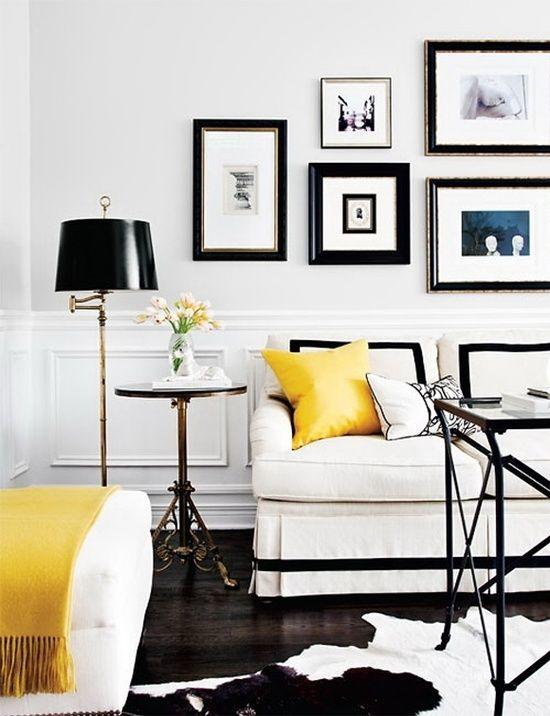
1. Balance
Three types of balance used in the design are symmetrical, asymmetrical, and radial. Asymmetrical balance is more commonly used in modern interior design, achieving balance using different objects with an equal attraction to the eye. Asymmetrical balance is less forced and formal but it’s tricky to achieve. However, once a designer succeeds, they’ll create a feeling of liveliness and movement. Make sure you inspect closely every type of balance and which one will work the best for your space before committing to it.
2. Repetition
This technique uses the same features in a repetitive pattern within a home. There are infinite possibilities for repetition, using patterns, colors, textures, or fixtures and fittings. If you are looking for a shortcut for this principle, try using the same accent color more, same metal finish through the entire living space, same counters for bathrooms and kitchen, same rugs in adjoining rooms and even same style of accessories.
3. Progression
This is the art of increasing or decreasing the qualities or properties of a feature, such as a cluster of different sized ornaments, or a color scheme that moves from one shade to another related shade. For example, get more candles of varying sizes and display them on a tray, table or shelf. They will grab the interest immediately.
4. Transition
Transition creates a smooth flow, which moves the interior experience naturally from one part of the home to another. Remember that it isn’t like repetition or progression. Commonly used transitions are curved lines such as an arched doorway or a winding path. Glass doors also make excellent transitions. You can find different designs of glass Eco Bi-fold doors that entice the eye from one space to another.
5. Contrast
Contrast sets off different elements against each other e.g. black and white cushions, as well as contrasting shapes (e.g. squares and circles). The contrast makes a space lively but needs to be used with caution, otherwise, it can appear harsh. This may seem like the easiest principle to apply. All you have to do is to look for contrasting colors and shapes and introduce them to the interior. But, like a said, you have to be extremely careful not to overdo it because you will destroyed all the effort that you have previously put into designing your space.
6. Scale and proportion
These two design principles fit together like hand in glove, relating to sizes and shapes. The scale is the size of an object set against another and proportion refers to the ratio of an element against the whole space. Both are important for continuity and creating a comfortable feeling within the home. Scale and proportion are all about different designs and different heights with the purpose to create a visual and striking interest in the room. You can play with plants and artwork to experiment with scale and proportion in your home and watch out that it’s pleasing to the eye. Don’t be afraid to try different arrangements and stick with the one you like the best.
7. Colour
Colors play a huge role in interior design and making colors work together is a science in itself. Colors need to express the homeowner’s personality whilst creating a flow throughout the home, without swamping any room they’re used in. There are three basic ways in which colors are expressed: active, passive and neutral. The light and passive colors will make your interior airy, larger and brighter, while the active and dark colors will give your space a more cozy, warm and sophisticated look. The neutrals are truly essential when it comes to decorating a space, and they will contribute towards a more calming living space. What are your preferences?
Closure
All the above home design principles can be enhanced and reinforced by letting plenty of light into the home. This can be achieved by installing an Eco Bi-Fold door, which is both stylish and modern. More information about the principles of interior design can be sourced through the Encyclopedia Britannica. I hope that the features I have mentioned above will going to give you a hand and will help you get effortlessly the home decor that you have always wanted to have.
 World inside pictures Collect and share the best ideas that make our life easier
World inside pictures Collect and share the best ideas that make our life easier
